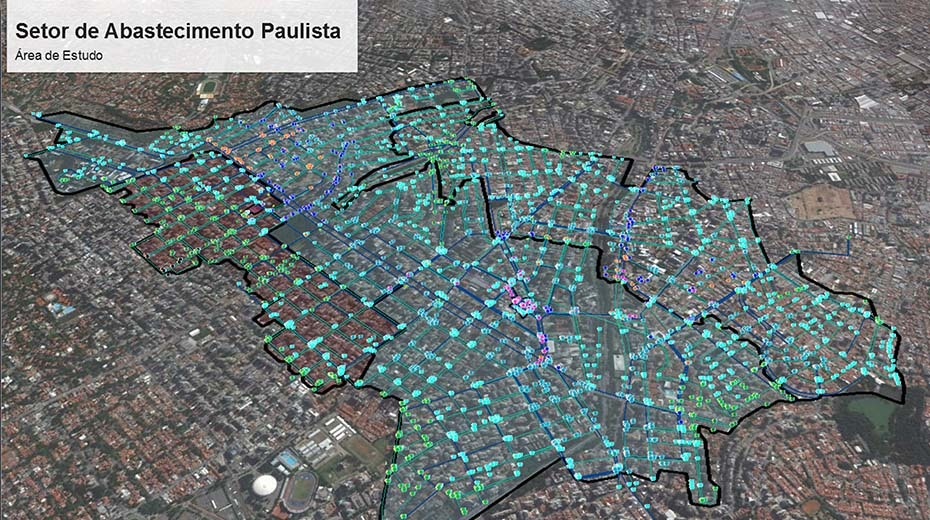Fig. 1: (Left) A sample water distribution system of Paulista water supply system, Sao Paulo, Brazil. (Right) A Indirect leak/contamination detection in a water pipeline system.


The main objective of this project is to develop a wireless sensor network for continuously monitor water leaks and contamination and report relevant data to a control station that can do the necessary analytics for detection and localization (shown in Fig. 1). We consider water flow driven sensor networks that are entirely powered by water flow via a small fan unit that drives a small motor for energy conversion. We use a small super-capacitor for storing the harvested energy, primarily because of the long cycle life and high charge-discharge efficiency of current super- capacitors. The sensor node is assumed to be at pipe connection or valve points only, installed through the manholes. Its lower part dips into the water for energy harvesting and measurement of contamination, velocity, etc., and the upper part sports the energy storage, voltage booster, regulator and computing/communications unit. In particular, we assume that the upper part has a suitable wireless radio (e.g., WiFi) with antennas embedded on the exposed side of manhole covers (and perhaps sticking out if practical).


Due to the varying ow rate (water consumption rate), the availability of harvested energy varies both in spatial and temporal domains. In branch pipes, the ow rate may even drop to near zero late at night. Since the energy is constantly consumed by the monitoring node and leaks from the super-capacitor, it is necessary to have in place an artificial water circulation mechanism that can keep the system running minimally at all times. At the same time, we want to make the best use of the available energy and adapt it for low energy periods. This motivates the development of a dynamic sampling and transmission rate adaptation scheme based on individual node's energy budget. Thus, the twin objectives of the project are optimal rate adaptation coupled with an optimal mechanism for artificial water circulation when needed.
An interesting idea that we have developed in the context of detecting contamination in urban water dis- tribution systems is the concept of proxy sensing. As the potential contaminants or chemicals in a water distribution system are numerous, sensing each of the specific chemicals can be very expensive and slow since they often require taking water samples that are treated with suitable reactants, measured for specific byproducts, and then discarded. This difficulty forces proxy sensing techniques where the presence of certain chemical is inferred via easily measurable properties of the water such as pH, conductivity, temperature or depletion profile of added chlorine. Such proxy sensing, is not intended for sensing any specific type of contaminant, but can sense some aspects of the contaminant's property and thus provide either corroboration or sensing of the event at some degraded level of reliability.
Related Publications: